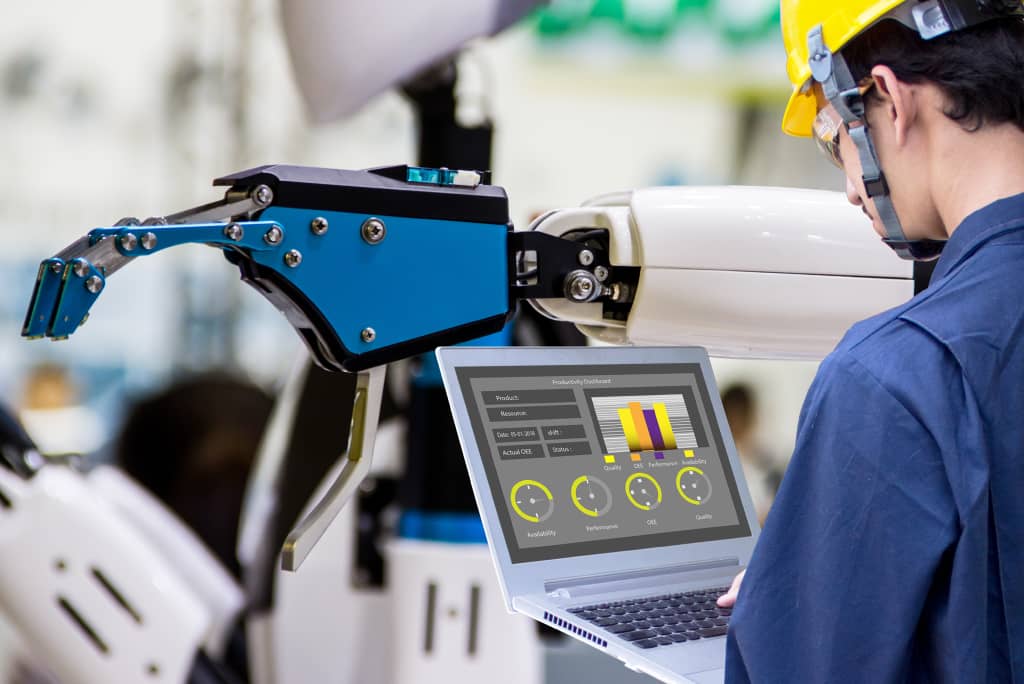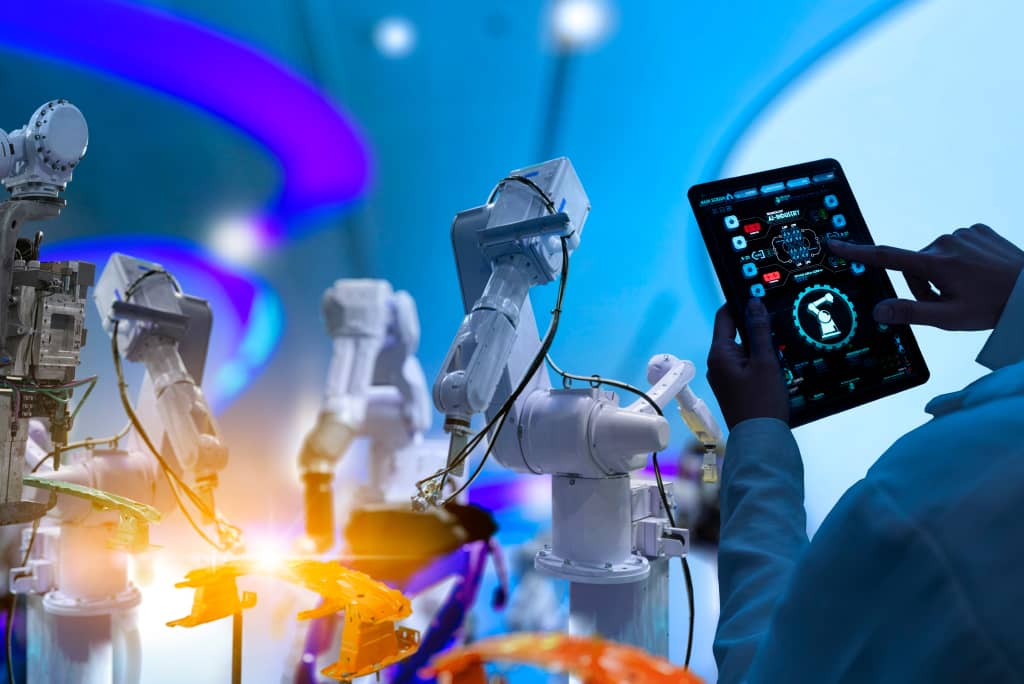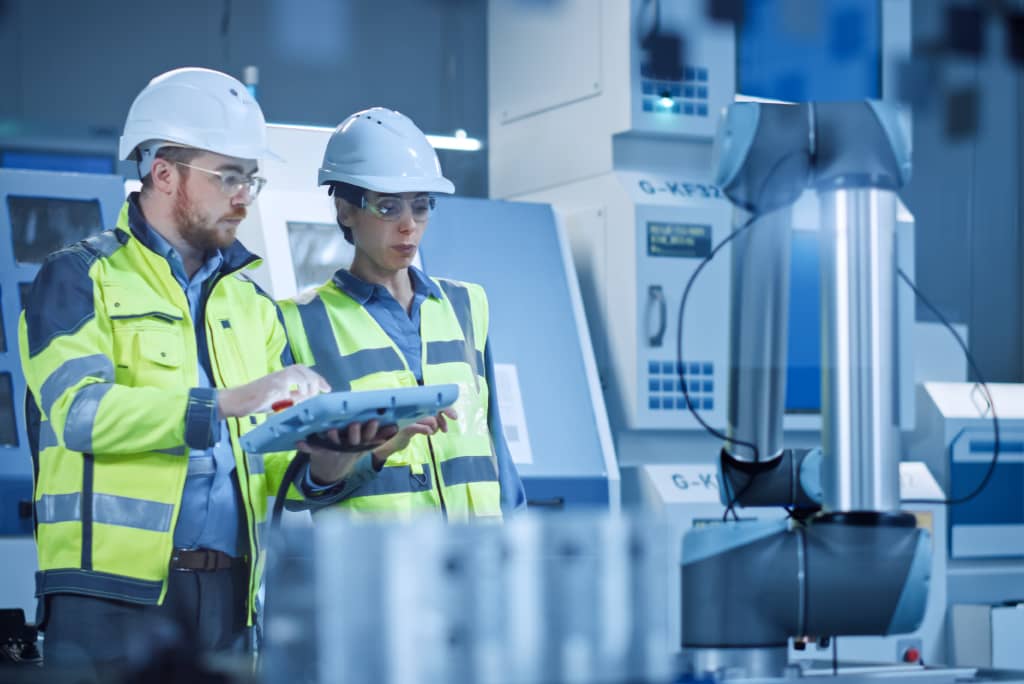RECENT POSTS

What Is the SCADA Component of ICS?
Industrial control systems (ICS) are networks of connected equipment used to monitor and control physical processes in industrial infrastructure, such as manufacturing plants, power generation facilities, refineries, transportation systems, and utilities. Within the greater ICS architecture, Supervisory Control and Data Acquisition (SCADA) systems play the vital role of the central nervous system.
What Is ICS?
ICS leverages control systems and information to optimize productivity, efficiency, safety, and reliability across industry operations and critical infrastructure.
Key components include:
- Control components like programmable logic controllers (PLCs), SCADA, and distributed control systems (DCS)
- Software applications for visualization, database management, analytics
- Networks for communication between components
- Physical process equipment like reactors, generators, or mixers
- Human-machine interfaces (HMIs)
- Instrumentation like sensors and actuators.
Control Components
These provide automated control over industrial processes. PLCs interface with field devices for regulatory control, using I/O processing and logic execution. A DCS regulates these distributed systems. ICS/SCADA then consolidates data for human operators to set points, alarm parameters, schedules, and commands through a human-machine interface (HMI).
Networks and Communication
The connectivity framework transmits data between ICS nodes from sensors to control room HMIs.
Equipment and Instrumentation
Equipment and instrumentation include the physical process equipment across sites like pipelines, boilers, motors, pumps, and hoppers, as well as field instrumentation like pressure gauges, flow meters, level sensors, and other I/O devices.
Human Interfaces
Operators, engineers, and managers use HMIs to quickly visualize data and access control capabilities.
SCADA Systems
ICS SCADA systems operate within the ICS architecture working with these components. Just as a biological central nervous system carries out essential functions, SCADA acts as the core information processing, visualization, and control hub across the industrial automation environment.
Information Hub
SCADA systems use telemetry to gather massive amounts of real-time data from sensors and field instruments, often distributed across multiple sites, and convey it to centralized locations. This acts as a conduit routing streams of data from industrial equipment through communication channels to operators and other applications.
Processing and Visualization
The ICS/SCADA server leverages system software to process, contextualize, store, and analyze incoming data from devices, transforming raw data into actionable intelligence. This is delivered to humans by the HMI software that allows for systemwide monitoring for security and performance.
Control and Automation
By enabling control capabilities, SCADA allows top-down changes from HMIs to programmable logic controllers and other regulatory control equipment in field sites. Control can be manual or automated using preconfigured control instruction sets or sequences to respond, such as shutting valves or tripping breakers when certain process conditions are detected.
Integration Within ICS Architecture
SCADA integration within the ICS architecture can be incredibly complex and includes a large number of sensors, actuators, and Industrial Internet of Things (IIoT) devices—many of which need bidirectional control to capture data and control actions. It takes tight and secure integration to ensure everything works smoothly, especially for automated responses.
A robust integration can provide the visualizations that engineers, operators, and managers need to monitor and control critical devices, as well as analytical reporting for supervisors.
Configuration Interface
Through HMIs and control server programs, SCADA allows all necessary parameters, such as data presentation needs, alarm thresholds, trend recording, controller set points, and timing schedules, to be configured by users during initial system deployment or changes thereafter.
Benefits of Integrated SCADA Systems
By establishing connectivity across assets, operators, and systems, visibility into equipment status, automated control capabilities, and continually optimizing ICS performance, SCADA offers significant benefits, including:
- Comprehensive monitoring and control functionality
- Maximized situational awareness
- Rapid data-driven actions across distributed assets
- Unified data context from device to enterprise level
- Enhanced continuity between automation and business systems
Conclusion
SCADA forms the core of modern industrial control systems by unifying communication, data aggregation, information visualization, and regulatory control responses across the manufacturing environment. An integrated ICS SCADA system with tentative interfaces to all other components grants ICS the sensory perceptions, processing ability, and reflex mechanisms needed to function as highly efficient, reliable, and resilient ecosystems rather than isolated assets.
SCADA elevates individual automation tools into enterprise-wide instruments.
Secure, Robust ICS/SCADA Integration
Pacific Blue Engineering designs, builds, and integrates industrial control for industrial equipment—creating a custom ICS/SCADA system for your unique environment. Whether you need a turn-key system, modernization, or integration with legacy equipment, Pacific Blue Engineering has the expertise to take on the most challenging projects.
Contact Pacific Blue Engineering today at (657) 201-8603 or request a consultation online to discuss a custom SCADA solution.
similar posts
Certifications
Contact Us
Telephone:
Corporate Office “The Shop”
Pacific Blue Engineering, LLC
2880 Orange Ave
Long Beach, CA 90755
© All contents copyright © 2023 by Pacific Blue Engineering













